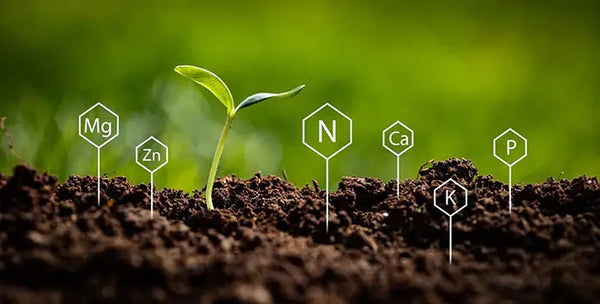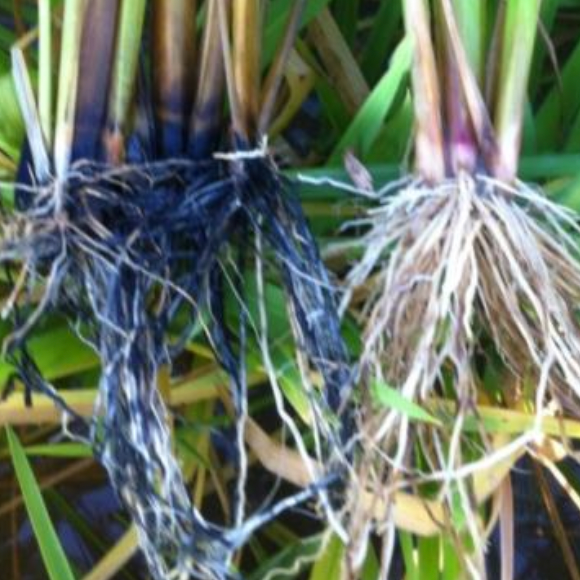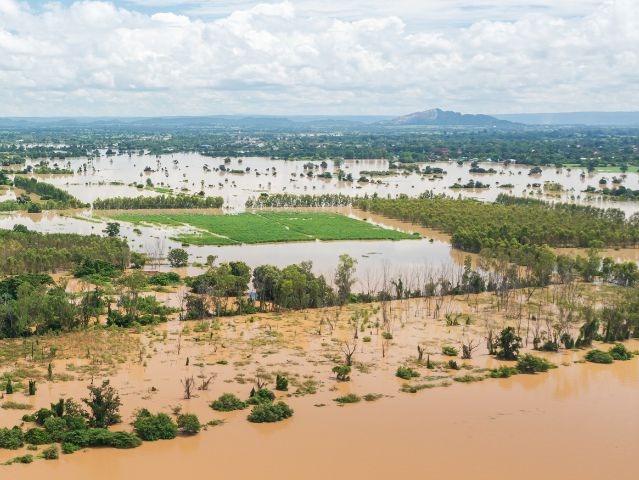Plant Nutrient Deficiency
Soil is the main source of nutrients for plants. Healthy soil provides essential elements such as nitrogen (N), phosphorus (P), potassium (K), calcium (Ca), magnesium (Mg), and micronutrients. However, when soils are poor in nutrients, plants show deficiency symptoms like yellowing leaves, stunted growth, or poor yield. In Myanmar, different regions have different soil types, and each soil has its own nutrient problems. Understanding nutrient deficiency in Myanmar soils is important for improving crop production and food security. Myanmar has several major soil types: alluvial (fluvisol) soils, compact soils (Vertisol), black soils, sandy soils, and upland/shifting cultivation soils. Each type has specific nutrient limitations.
(1) Alluvial Soils (Fluvisol soils) (found in Ayeyarwady Delta, river basins)
The soil reaction is usually neutral and being young soils, developed from recent alluvial deposits of the river plains, they are rich in plant nutrients. Fertile but often deficient in phosphorus and zinc. Rice grown in these soils may show stunted growth and yellow leaves due to phosphorus deficiency. Zinc deficiency causes “khaira disease” in rice (bronzing and brown patches on leaves).
(2) Dark vCompact Soil (Vertisol) (central dry zone: Mandalay, Magway, Sagaing)
This type of soil is important for central dry zone. Due to its high clay content, it can be difficult to plough and harrow when soil moisture is low. The humus content of these soils are very low and in the dry zone, they are deeply cracked, but after rains they turn into mud and very sticky. The infiltration in these soils is also very poor so care should be taken for saline and alkali problems. The soil is alkaline and are strongly calcareous. With the exception of potassium, they are deficient in nitrogen and phosphorus. The soils contain a considerable amount of calcium and magnesium. The soils can be used for upland crops in addition to rice under irrigation. Crops such as sesame, pulses, and groundnut often show poor vegetative growth and early maturity. Phosphorus deficiency is also common, reducing seed development.
(3) Red earths and yellow earths (Acrisol) (parts of central dry zone, Shan Plateau)
The red earths soils are the most dominating soils of Shan Plateau. The yellow earths slightly occur on the lower slopes in the Shan Plateau. The red earths have a very deep profile having the texture varying sandy and silty to silty clay loam and with good structure. They are well drained and easy to plough. Yellow earths soils are more acidic and have more clay percentage. Iron and alluminium contents are also very high. The humus contents of yellow earths soils are more than that of the red earths. The soils are deficient in nitrogen, phosphorus and sulfur. The content of potassium is high in the red earths. Maize and sunflower in these soils may show yellow lower leaves (nitrogen deficiency). Sulfur causes pale green young leaves.
(4) Sandy Soils (coastal and some upland areas)
These soils are commonly found in the coastal regions as well as in some hilly and upland areas. Very low in nitrogen, potassium, and water-holding capacity. Coconut and betel nut trees in sandy soils show poor fruit set due to potassium deficiency. Nitrogen deficiency results in yellow and weak plants.
(5) Upland/ Shifting Cultivation Soils (Chin, Kachin, Shan, Kayin and Kayah States)
Nutrients are easily lost after slash-and-burn farming. Common deficiencies include nitrogen, phosphorus, and calcium. Crops like maize and upland rice suffer from reduced yield and poor grain filling.















